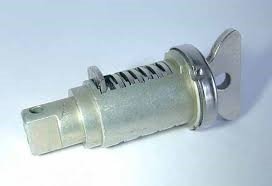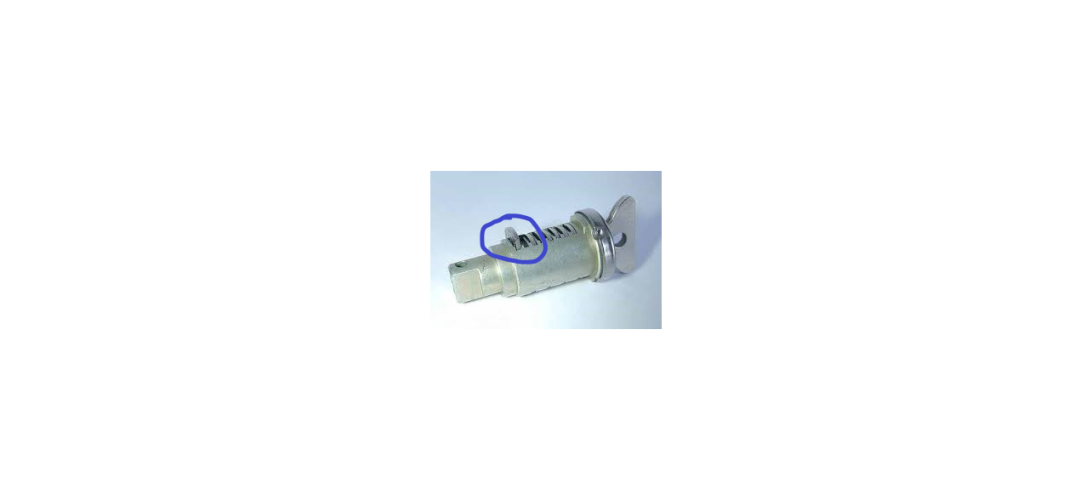Hi All,
Hoping someone can help. I’ve ordered BMW panniers, top box and 8 key cylinders for my 2018 R1200GSA. The dealer cannot code the locks for several weeks, so I’m going to give it a go. I’ve found several excellent YouTube videos that demonstrate how to code the cylinders to my specific key. Unfortunately, none of the videos I have found clearly demonstrate the correct rotational orientation when inserting the cylinder into the cylinder receiver of the R1200GSA aluminum panniers and top box.
The image below (for a Vario pannier, but similar to the R1200GSA aluminum cases in terms of illustrating the key-stop protuberance) shows the protruding key-stop towards the left end of the cylinder. Given the male (i.e., the key cylinder) to female (i.e., the seating point of the key cylinder receptacle) coupling of the cylinder inside the cylinder receptacle, there are only two possible positions for the key-stop protuberance. Does the rotational orientation of the key-stop protuberance matter or should it be in a specific position relative to a reference part of the key cylinder receptacle?
Thanks!
Tim
Hoping someone can help. I’ve ordered BMW panniers, top box and 8 key cylinders for my 2018 R1200GSA. The dealer cannot code the locks for several weeks, so I’m going to give it a go. I’ve found several excellent YouTube videos that demonstrate how to code the cylinders to my specific key. Unfortunately, none of the videos I have found clearly demonstrate the correct rotational orientation when inserting the cylinder into the cylinder receiver of the R1200GSA aluminum panniers and top box.
The image below (for a Vario pannier, but similar to the R1200GSA aluminum cases in terms of illustrating the key-stop protuberance) shows the protruding key-stop towards the left end of the cylinder. Given the male (i.e., the key cylinder) to female (i.e., the seating point of the key cylinder receptacle) coupling of the cylinder inside the cylinder receptacle, there are only two possible positions for the key-stop protuberance. Does the rotational orientation of the key-stop protuberance matter or should it be in a specific position relative to a reference part of the key cylinder receptacle?
Thanks!
Tim


